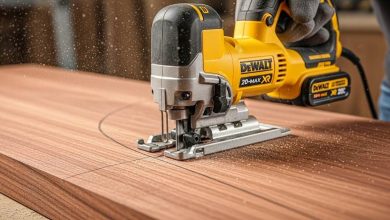How to Check Gutter Slope?
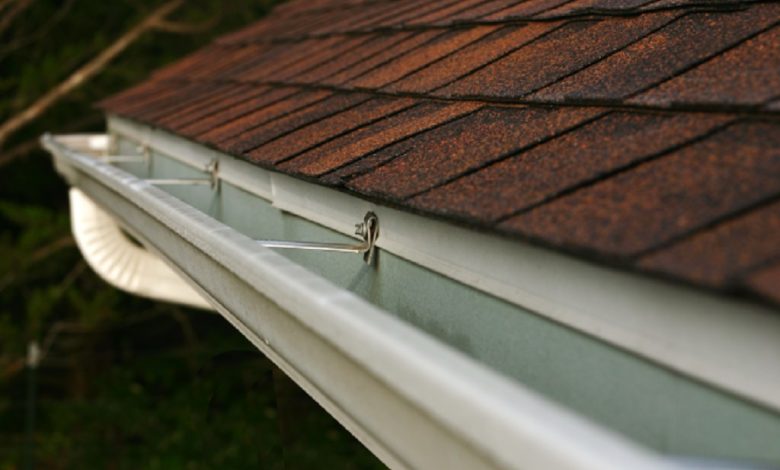
Having properly sloped gutters is one of the most essential elements of an effective gutter system. Improper slope can lead to standing water, debris buildup, leaks, and other problems that can cause costly damage to your home over time. Checking and adjusting your gutter slope is a DIY task that most homeowners can handle with the proper preparation and tools.
What is Gutter Slope and Why Does it Matter?

Gutter slope refers to the angle at which your gutters are installed to promote proper drainage. The desired slope for most residential gutters is a 1/4 inch drop over every 10 feet of gutter. This allows water to drain away from your home efficiently into downspouts.
Without a proper slope, water can pool in gutters instead of draining. Standing water adds weight and strain, accumulates debris, and creates an environment where mosquitoes can breed. It can also lead to gutters pulling away from fascia, wood rot, mold, and interior water damage. Discover how to adjust gutter slope.
What is Considered a Good Gutter Slope?
The standard recommendation for gutter slope is 1/4 inch of drop for every 10 feet of gutter. This means that for every ten linear feet of gutter, the end should be 1/4 inch lower than the starting point.
For example:
- 20 feet of gutter should drop 5/8 inch from start to finish
- 30 feet of gutter should drop 3/4 inch
- 40 feet of gutter should drop 1 inch
This 1/4 inch per 10 feet formula is the ideal slope for allowing proper drainage while preventing water from moving too quickly through gutters. Steeper slopes can lead to seam leaks, while shallower slopes won’t drain effectively.
How to Measure Gutter Slope
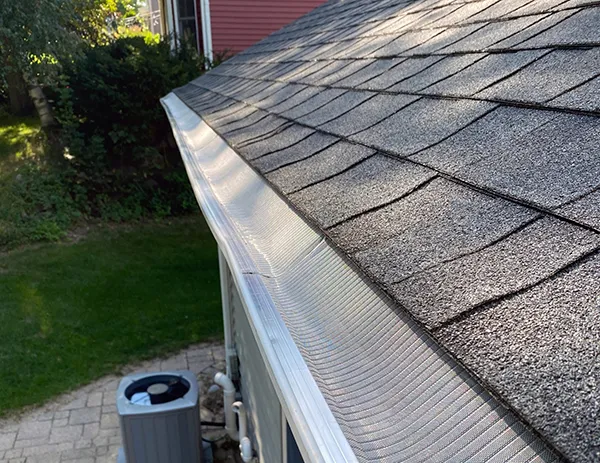
Checking gutter slope is a fairly straightforward process that involves measuring from gutter endpoints and using some basic math. Here are two standard methods:
Using a Level
One way to check the slope is using a standard builder’s level. Here are the steps:
- Start by placing one end of the level at the high point of the gutter run, often where it connects to the downspout.
- Hold level and move to the endpoint of the gutter run.
- Look at the level and check how far off from the level it is. This amount is the slope over that gutter run.
- Convert the slope reading to inches. For example, if the bubble is 1/2 inch off level, your slope is 1/2 inch.
- Compare your measurement to the recommended 1/4 inch per 10 feet standard to see if it’s appropriately sloped.
Using a Tape Measure
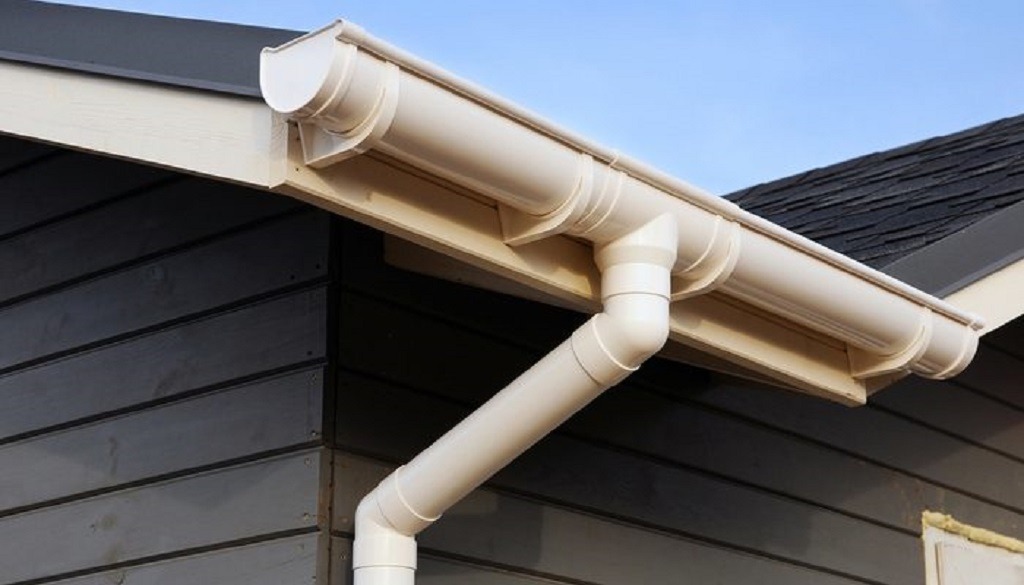
You can also check the gutter slope with a tape measure using the following process:
- Start at the high end of your gutter run and measure down to the gutter bottom. Record this measurement.
- Move to the far end of the gutter run and measure down to the gutter bottom.
- Subtract the starting measurement from the ending measurement. This will tell you how much drop there is over the length of the run.
- Divide the total drop by the length of the gutter run and multiply by 10 to determine the slope.
For example, if your starting measurement is 22 inches and your ending is 20 inches over a 30-foot run:
- 22” – 20” = 2” (drop)
- 2” / 30’ = 0.07”
- 0.07” x 10 = 0.7” slope over 10 feet
This shows a slope slightly steeper than the recommended 1/4” per 10 feet.
How to Adjust Gutter Slope
If your measurements show that your gutter slope is less than the recommended 1/4 inch per 10 feet, some adjustments will be needed. Here are two ways to adjust and increase gutter slope:
Add Slope Support Brackets
One easy option is to raise the low end of the gutter using slope support brackets. These adjustable brackets can be added to existing gutter hangers to tilt the gutter forward. Determine the needed slope, then install and adjust brackets on each hanger accordingly.
Redo Hanger Installation
For more dramatic adjustments, the hangers themselves may need to be re-installed. This involves detaching the hangers, measuring and marking new locations on the fascia to lower the end hanger, and then reattaching hand anger in the new positions. The Hanger position can be reduced to 1 inch to increase the slope.
In some cases where the fascia is not level, shims may need to be added under low-hanging gutters to achieve the proper slope.
Tips for Proper Gutter Slope
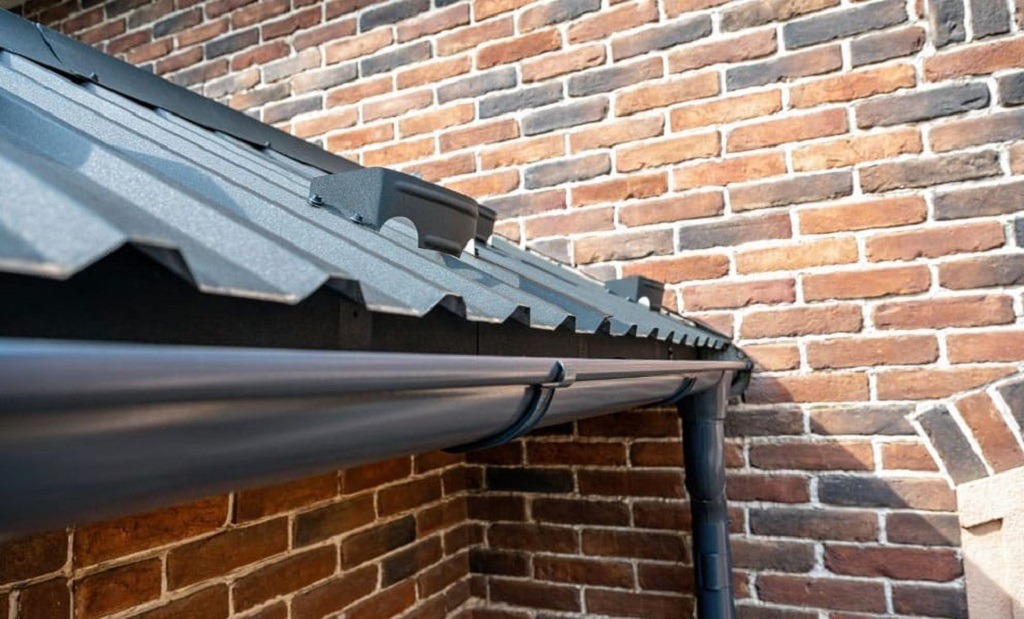
- Double-check slope using both level and tape measure methods to ensure accuracy.
- Make slope adjustments if your measurement is more than 1/8 inch off per 10 feet to allow for minor variation.
- When adjusting slope support brackets, measure the desired height difference between the ends rather than trying to achieve a specific slope.
- If you have seam leaks after adjusting the slope, use gutter sealant to strengthen the connections.
- Extend downspouts at least 4-6 feet from the home’s foundation to move water well away from the property.
- Consider having gutters professionally re-sloped if you have sections that consistently hold standing water even after DIY adjustments.
Signs Your Gutters Need Slope Adjustment
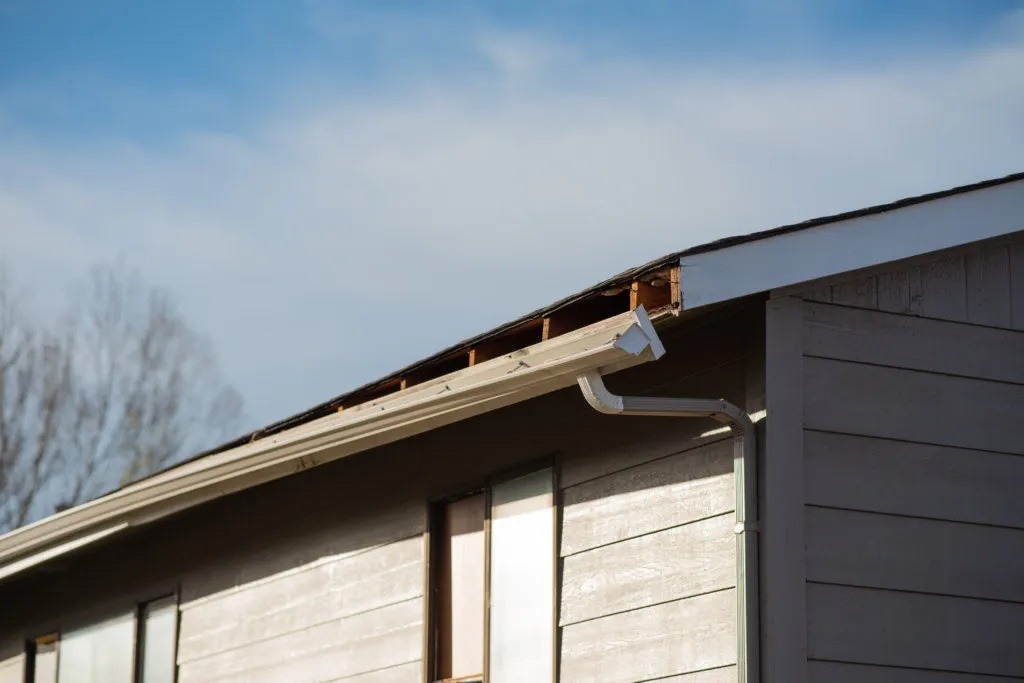
Watch for these signs that your gutters may not have adequate slope:
- Standing water in gutters, significantly more than 48 hours after rain
- Gutters overflowing during rain, indicating improper drainage
- Sections of gutters that are perfectly flat or sagging when checked with a level
- Leaks along gutter seams or water dripping from seams
- Gutters pulling away from fascia
- Rust drips, or rotting fascia boards under gutters
- Downspouts are frequently clogged with debris
- Staining or growth on shingles under gutters
Potential Problems from Improper Gutter Slope
It’s essential to adjust insufficient gutter slope to avoid these common issues:
Mold and Wood Rot
The moisture from standing water and leaks caused by flat or back-sloped gutters can lead to fascia board rot and mold growth on roof sheathing and shingles underneath. This not only damages your home but poses health hazards.
Pest Infestations
Mosquitoes and other pests are drawn to the standing water caused by inadequate drainage. Clogged gutters also provide nesting areas for insects and rodents in the debris. Increasing mosquitoes can even raise the risk of contracting West Nile Virus.
Foundation Damage
When clogged or improperly sloped gutters overflow, water can pour down the exterior walls of your home. This channeling effect will direct large volumes of water beside and toward your foundation. The soil saturation and added hydrostatic pressure can lead to cracks, flooding, and foundation shifts over time.
Leaks and Interior Water Damage
Gutter backups can lead to water intrusion into your attic, damaging insulation and finding its way through cracks and around penetrations into interior walls and ceilings. Water spots, peeling paint and plaster, and even wall or ceiling collapses are possible over time.
Roof Damage
Standing water adds weight and strain to gutters. The added stress can cause them to pull away from the fascia and even detach. It can also infiltrate around shingles, leading to wood rot and roof leaks.
Landscaping and Property Damage
Improperly drained roofs and overflowing gutters create waterfalls during rainstorms that erode soil and landscaping. Concentrated runoff and soil saturation near foundations also stress and damage trees and shrubs.
When to Call a Professional for Gutter Slope
Adjusting gutter slope is a DIY-friendly project for most homeowners. However, it’s best to call in a professional gutter contractor in these situations:
- Your roof has a steep pitch or is higher than a single story, making access difficult and risky
- Areas where the fascia or roof line is not level
- Gutters are showing signs of detachment or require extensive realignment
- Large sections of the gutter need to be removed and rehung to adjust the slope
- You have seam leaks after adjusting the slope that requires gutter replacement
- Significant adjustments are necessary to redirect drainage and downspouts
The expertise of a professional gutter installer is especially beneficial if you hope to redirect runoff to new locations or want to install a rainwater harvesting system. They can design and build a customized gutter solution.
FAQs
1. How do I determine how much slope my gutters need?
Follow the above steps; following the above steps, use a level and tape measure to check the existing slope over each gutter run. Compare the measurements to the recommended 1/4 inch drop per 10 feet of gutter. The difference between your current slope and the 1/4 inch standard will tell you how much additional slope is needed.
2. Can I add new hangers to create more slopes?
Simply adding more hangers will likely make the problem worse. Hangers must be appropriately positioned to tilt the gutters down towards the downspouts. Use slope support brackets on existing hanger positions or reposition hangers rather than adding more.
3. What should I do if my roof slows toward one end?
If your roof is slanted rather than level, your gutters still need a proper slope within each run. Work from the high point and measure the slope from that anchor point rather than the roof peak. You may need to account for the roof slope when adjusting hanger positions.
4. How often should I check the gutter slope?
It’s a good idea to check the gutter slope at least once yearly, ideally in the spring. Changes due to expansion, contraction, freezing, thawing, and precipitation over the seasons can alter the slope. Catching improper drainage early prevents significant problems.
5. Is it okay for sections to slope away from downspouts?
All gutters should slope towards downspouts and never go away. This is called a back slope and will lead to drainage issues. If you have back-slope sections, they will likely need to be removed and rehung to correct the positioning.

